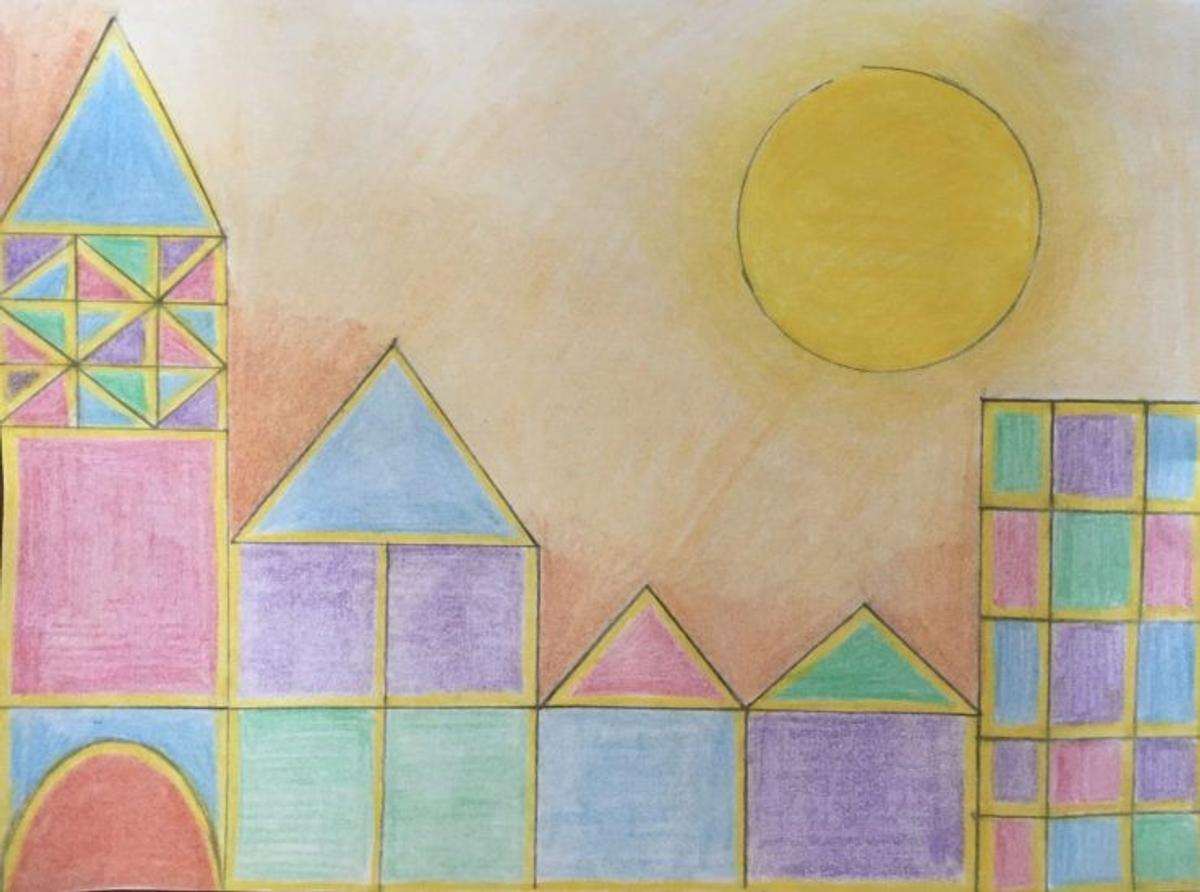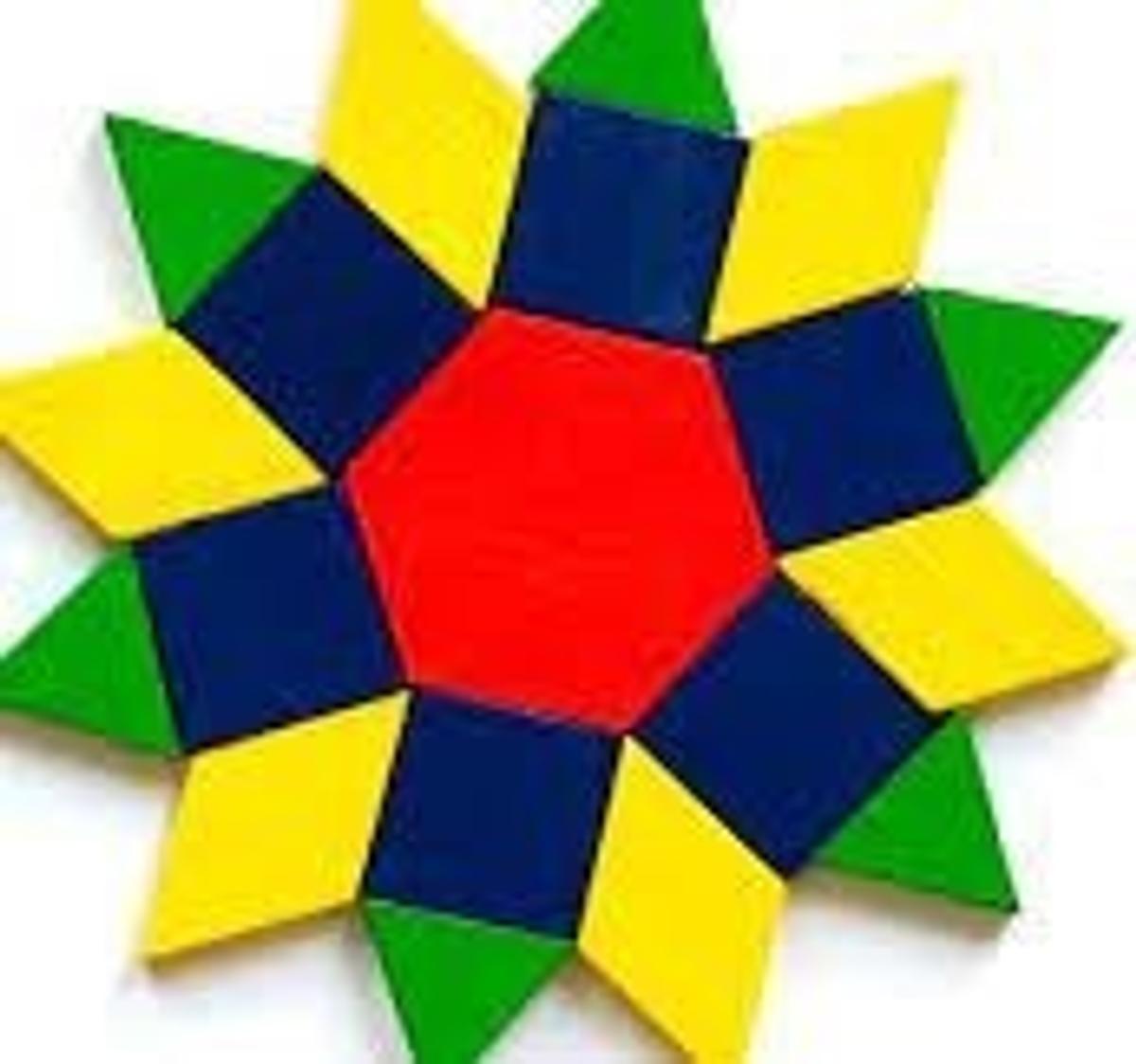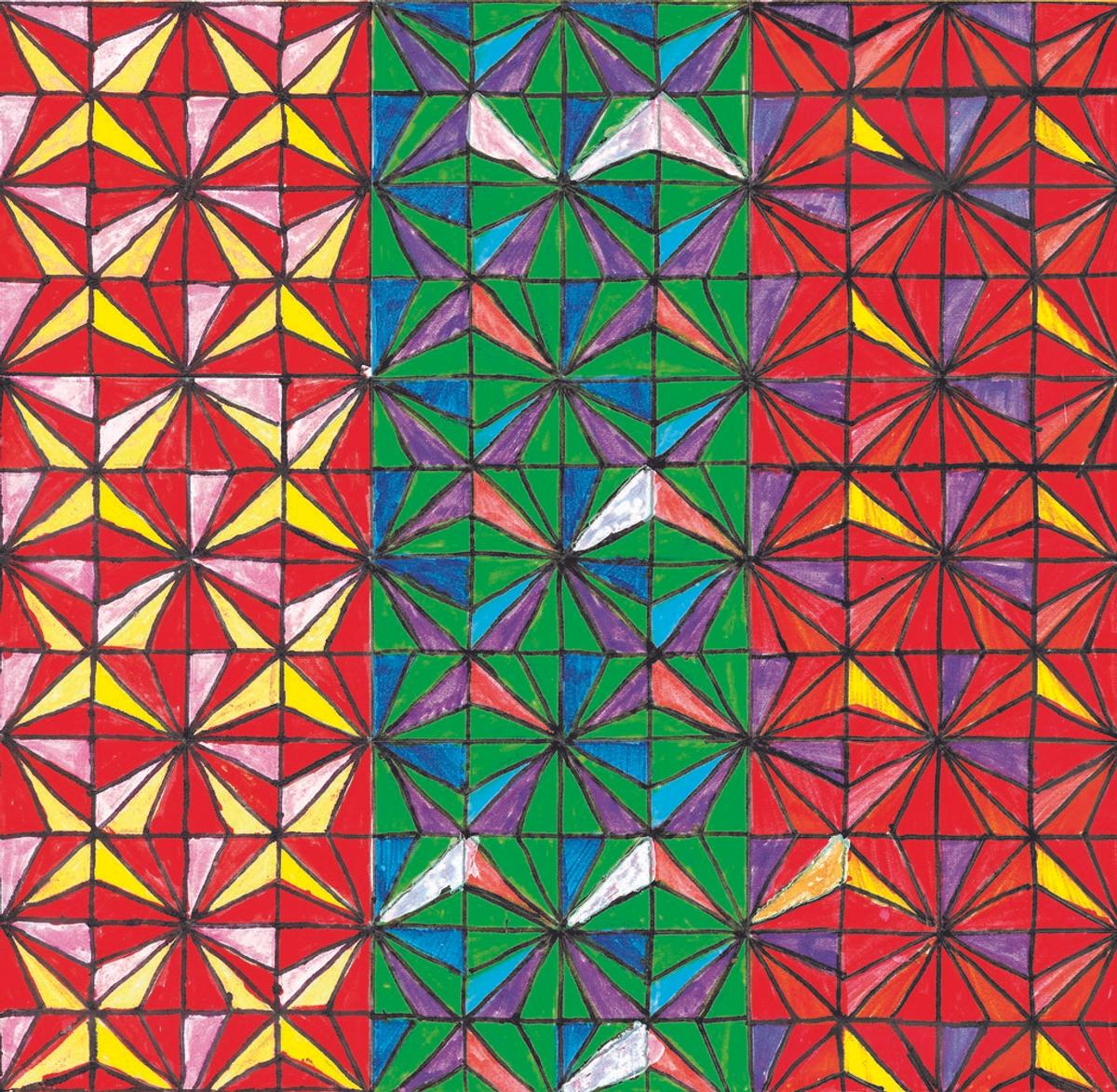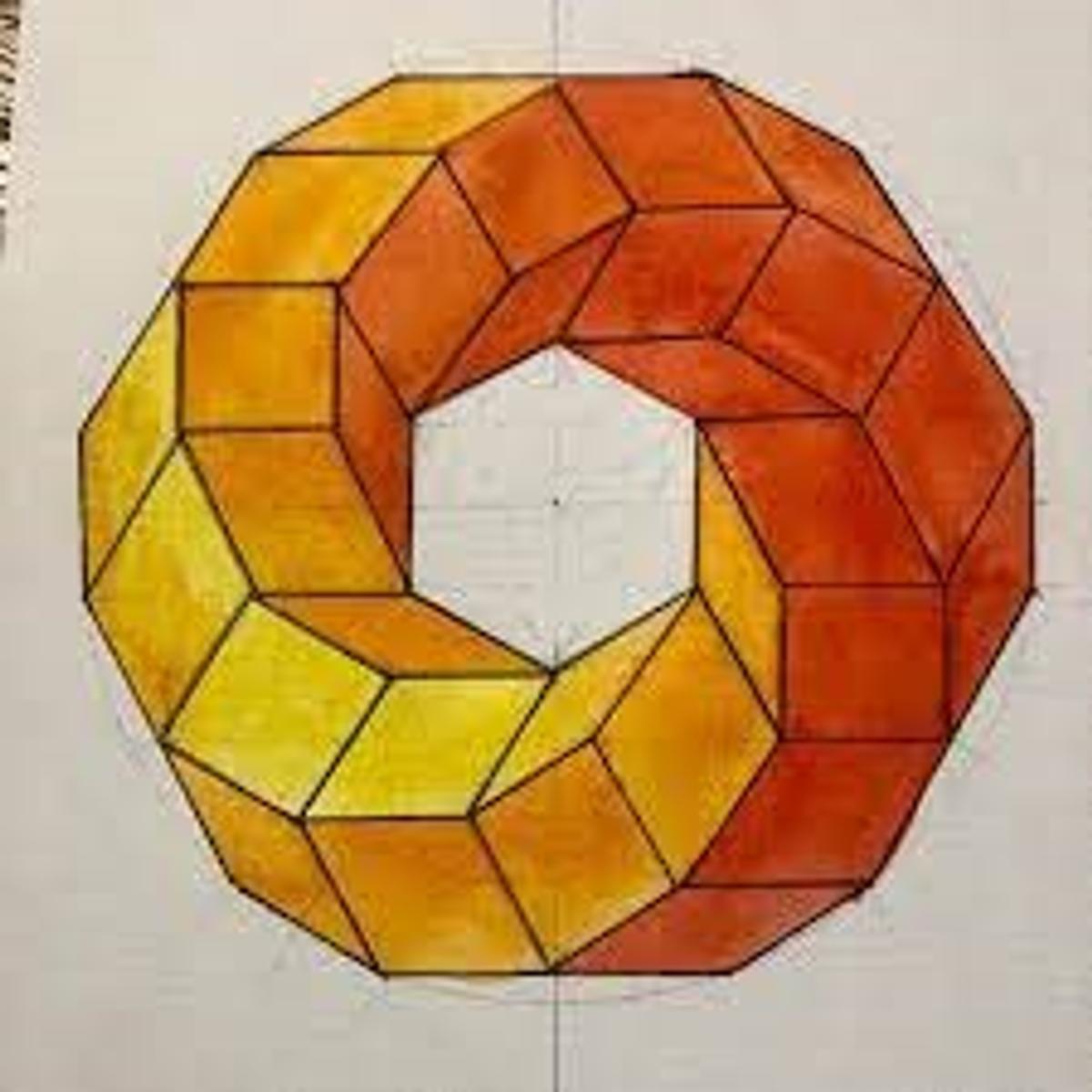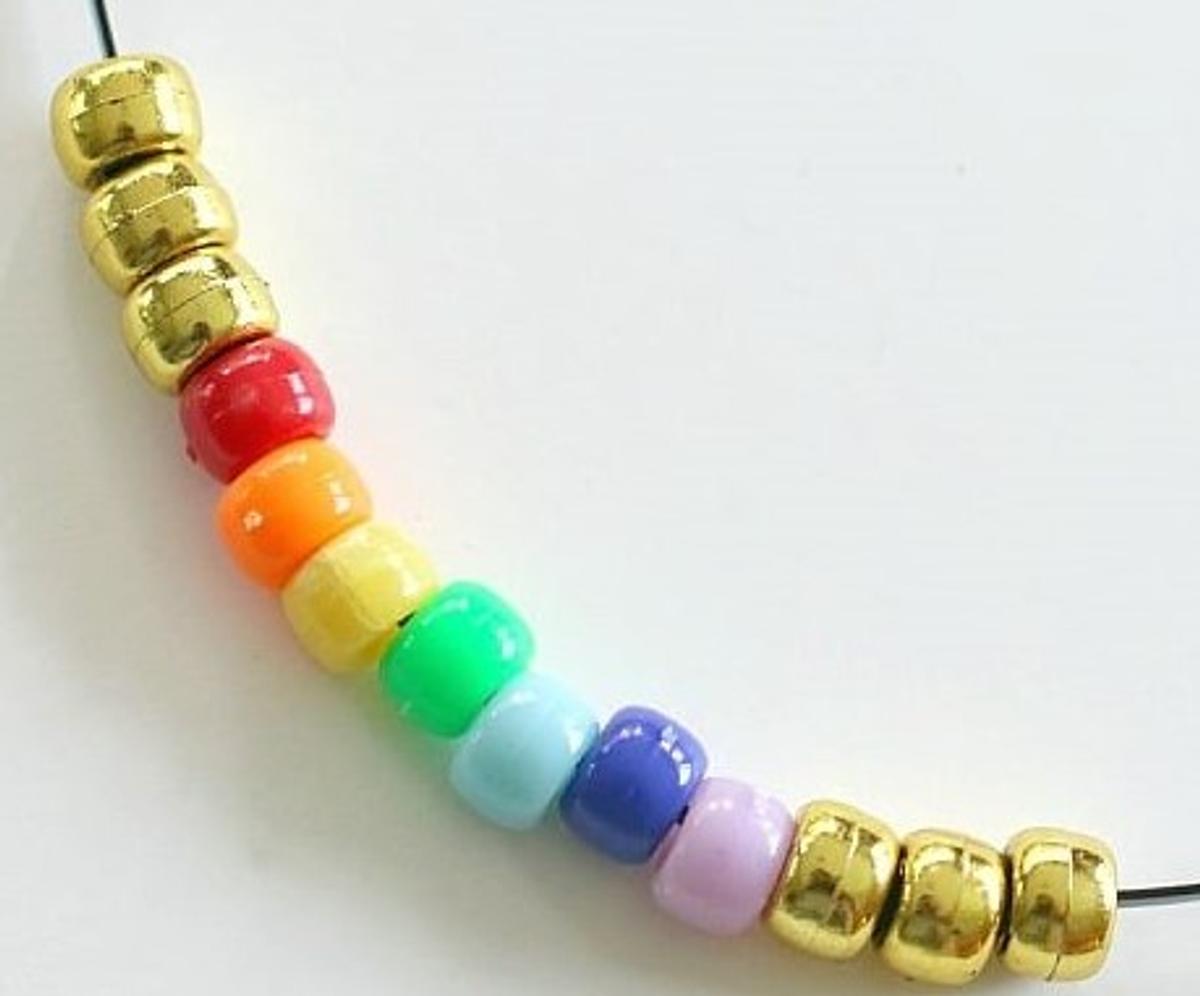Mathematics

ART AND MATHS
Art and math have a lot in common with each other. In fact you can see the maths in art and the art in maths!
Patterns, shapes, geometry, symmetry, spatial reasoning, proportional reasoning are all as much a part of the arts as they are of mathematics.
Some of what you see your child doing in school in the arts, is also an engagement with mathematical ideas at the same time! By blending mathematics and the arts, students learn in ways that are intellectual, emotional and physical. Children learn in many different ways, and research tells us that participating in the arts is one way that is very engaging for all of us.
A child stringing beads in a pattern on a string or creating a patterned bracelet is creating an understanding of patterning, although to them it may look simply like a pleasing design. Symmetry can be seen in the symmetrical features of a butterfly or in a design when building. Children may notice patterns in wallpaper, tile tessellations on the floor or on a phone cover, rhythmic beats or repeated choreography in music videos or chords in a popular song. There is maths everywhere!
DAILY MATHS DISCUSSIONS
We all use mathematics daily in what we do. It is important that children have the opportunity to have mathematics conversations with parents at home.
How might you and your child notice and name the mathematics in the arts that you encounter? Making the links with their different learning at school and home helps deepen their understanding!
You can discuss all areas of mathmatics at home, involve your child in using numbers to solve problems when you are doing different things around the house.
For example:
- “Do we have enough plates and utensils for all the guests coming for the birthday party?”
- “We are doubling this recipe. How much of all the ingredients will we need?”
- “We are fertilizing the lawn. The fertilizer bag covers three square meters. How many will we need?”
- “This store is selling the game you want for 20% off of $27.00. That store is selling the same game for $19.99. Where should we shop?”
All of these conversations give your child opportunities to use mathematics in their every day life and see how you use maths in your every day life too.
Melanie Norton
Mathematics Leader
mnorton@santglen.catholic.ed

